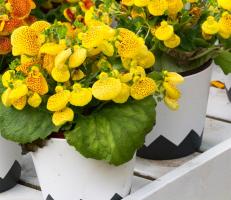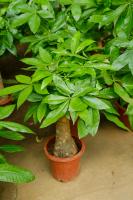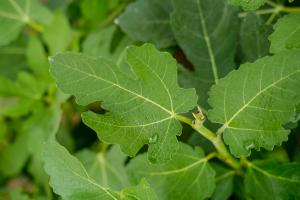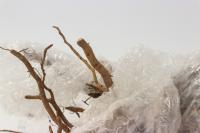1、 Curing method
1. Temperature: 25 to 30 degrees is more appropriate, which can also be seen from its distribution range. In addition, it is not cold resistant. The cold climate in winter does great harm to it and may even lead to its death. Therefore, try not to be lower than 10 degrees in winter

2. Light: it prefers light. Without sunshine, it can't carry out photosynthesis. But direct sunlight can also cause damage to it, especially its leaves. Therefore, in summer to shade, or move to half shade. In other seasons, it can be placed in a place with plenty of sunshine. The best illumination time is about six hours

3. Watering: it likes humidity and has high requirements for air humidity. Therefore, in addition to normal watering at ordinary times, it is also necessary to spray some water when it is dry

4. Fertilization: it needs fertilizer, but not too much. Usually, it can be applied once every ten days or half a month, but the concentration needs to be strictly controlled, because concentrated fertilizer does great harm to it

2、 Breeding skills
1. Propagation: cutting can be used. April to May is the best time. Choose the top and strong branches, preferably about five centimeters long. Cut off the leaves in the lower part and leave the upper part. Then, insert it into the sand bed. Note that it is best to insert obliquely. About ten days or half a month later, it can take root

2. Change basin: purple edge Jasper and pepper grass have certain requirements for the quality of the substrate. Generally speaking, the frequency of change can be in two or three years. When preparing, it can be made of rotten leaf soil, peat soil, perlite, sand and other materials. After changing the pot, the temperature should be 18 to 20 degrees, otherwise the plant is not easy to adapt to the new environment

3、 Diagnosis and treatment problems
1. Diseases: there are few kinds and frequencies of diseases. Occasionally, "stem rot" and "leaf spot" can be treated with carbendazim. In addition, we need to pay more attention to ventilation and other auxiliary measures

2. Insect pests: mainly "scale insects" and "slugs", which can be controlled with various pesticides

4、 Other issues
1. Toxicity: it is a non-toxic and harmless variety. Moreover, its ability to absorb harmful gases is still very strong

2. Whether it can be raised at home: it not only has strong purification effect, but also has great ornamental effect. It is a foliage plant< a>


 jackfruit
jackfruit snake plant
snake plant hibiscus
hibiscus hydrangea
hydrangea lavender
lavender Green roses climb al...
Green roses climb al... If you don't pay att...
If you don't pay att... Management of four g...
Management of four g...



































